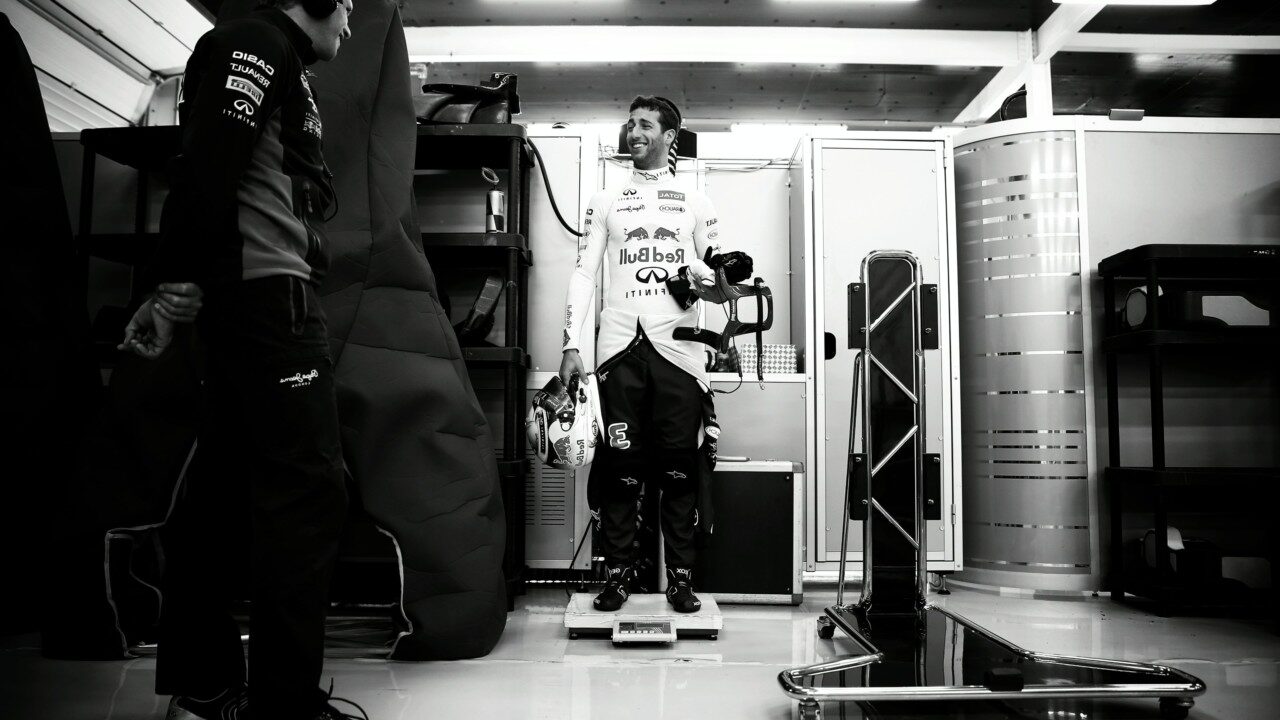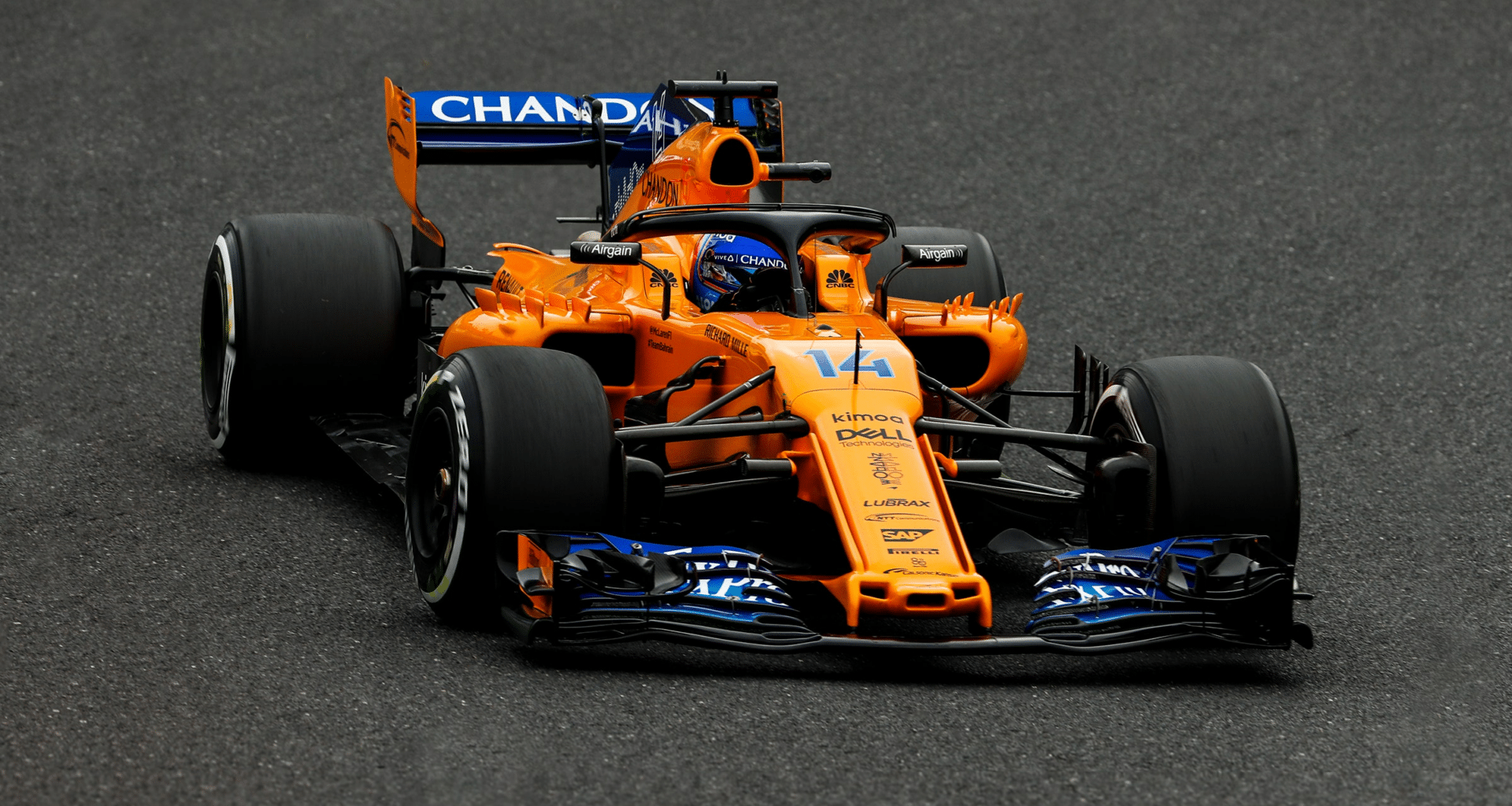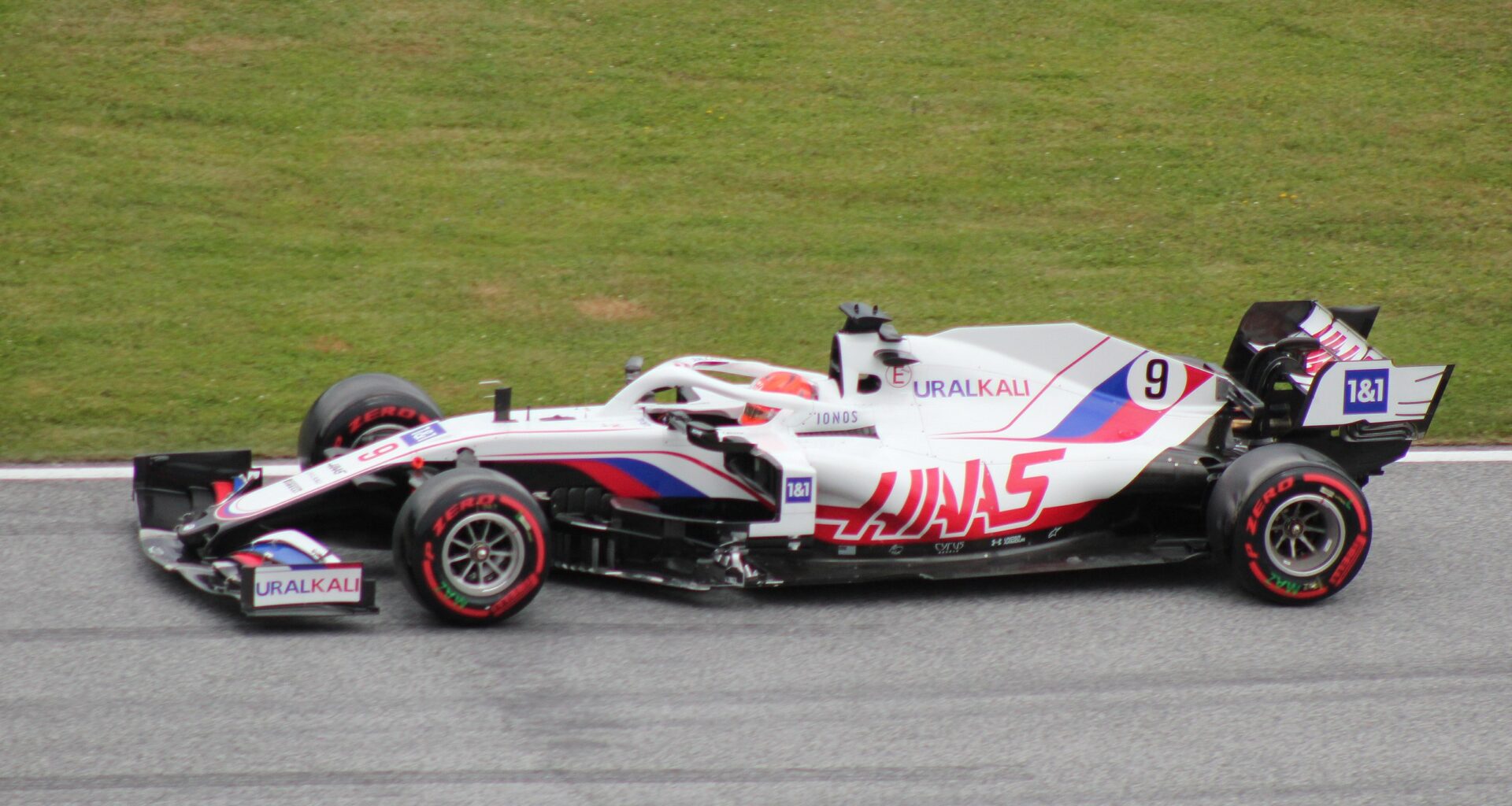F1 drivers are weighed after races for two reasons. The first reason is to see how much weight the driver has lost during the race. The second is to make sure themselves and the car are above the minimum weight of F1 cars as mentioned in the rules. Weighing an F1 driver after a race is essential to the driver’s safety, as a driver can lose over eight pounds of water during a two-hour race.
When it comes to Formula 1 racing, weight is an important consideration. After each race, F1 drivers are weighed to confirm that they and their vehicles weigh more than the minimum amount allowed by the regulations. Nevertheless, why is that so? We’ll look at why F1 drivers are weighed after each race and why it matters in the sport in this post.
The purpose of F1 driver weighting
For scientific and medical reasons, Formula One drivers are weighed after each race. The medical justification for this is that it’s crucial to know precisely how much weight a driver lost during or after the race so that appropriate action may be taken following the race. Due to sweating as a result of the incredibly high temperatures inside the car, drivers can lose between 2 and 4 kg per race.
The technical justification for this requirement is that F1 cars with a driver inside must weigh at least 764kg. After each race, weights are taken of the cars and the drivers to make sure they have not fallen below this limit. F1 cars have increased heavier throughout the years, mostly as a result of advancements in the vehicles’ safety systems. It’s crucial to make sure that teams don’t skimp on necessary safety elements in order to make their car lighter.
The F1 cars need to be light because a heavier car requires more force from the engine to move it ahead. This effectively means that it is essential to minimize as much extra weight on the car as feasible. Making sure the automobile is as light as possible is imperative in sports like Formula One, where competitors may lose a race by just a few milliseconds.
Just like with cars, some drivers are just physically heavier than others. A minimum weight restriction that is enforced across the board makes the grid more equitable and ensures that every driver has an equal chance to succeed without having to worry about the advantage smaller, shorter drivers have over them.
Since it takes significantly less time to weigh a driver than a car, drivers aren’t weighed alongside their vehicles. This allows them to participate in and get started with any necessary post-race festivities, interviews, or other events.
Why Is Weight Important In Formula One?
One of the most important factors in Formula One is weight, and the correlation between weight and speed is largely self-evident. The weight of the car affects how much forward thrust the engine has. This calls for the elimination of any extra weight that may be influencing the car’s lap time. Making sure the car is as quick as possible is essential in a competition like Formula 1, where drivers can be separated by only a few milliseconds.
Nevertheless, due to new rules going into effect in 2019, driver weight (within reason) is no longer relevant. The car and driver must weigh more than the limits established by the FIA at the beginning of each season. A driver who is under the limit is immediately disqualified. The weight restriction was put in place to level the playing field and allow everyone an equal chance to participate.
Drivers are weighed while wearing all of their gear. This also includes their HANS device, full race suit, gloves, and helmet. This guarantees that everything inside the automobile is included in the total weight of the car and implies that all the equipment they are weighed with adds to what is known as their “seat weight.”
Conclusion
After every race, F1 drivers are weighed for two purposes. The first step is to determine how much weight they shed while competing. The second is to ensure that they and their vehicles do not weigh less than what the regulations call for as a minimum. The importance of weight in Formula One racing and the relationship between weight and speed are both very obvious. The weight of the car affects how much forward thrust the engine has. This calls for the elimination of any extra weight that may be influencing the car’s lap time. The car and driver must weigh more than the limits established by the FIA at the beginning of each season. Drivers are weighed while wearing all of their gear, which ensures that the weight of the car as a whole includes everything inside.




